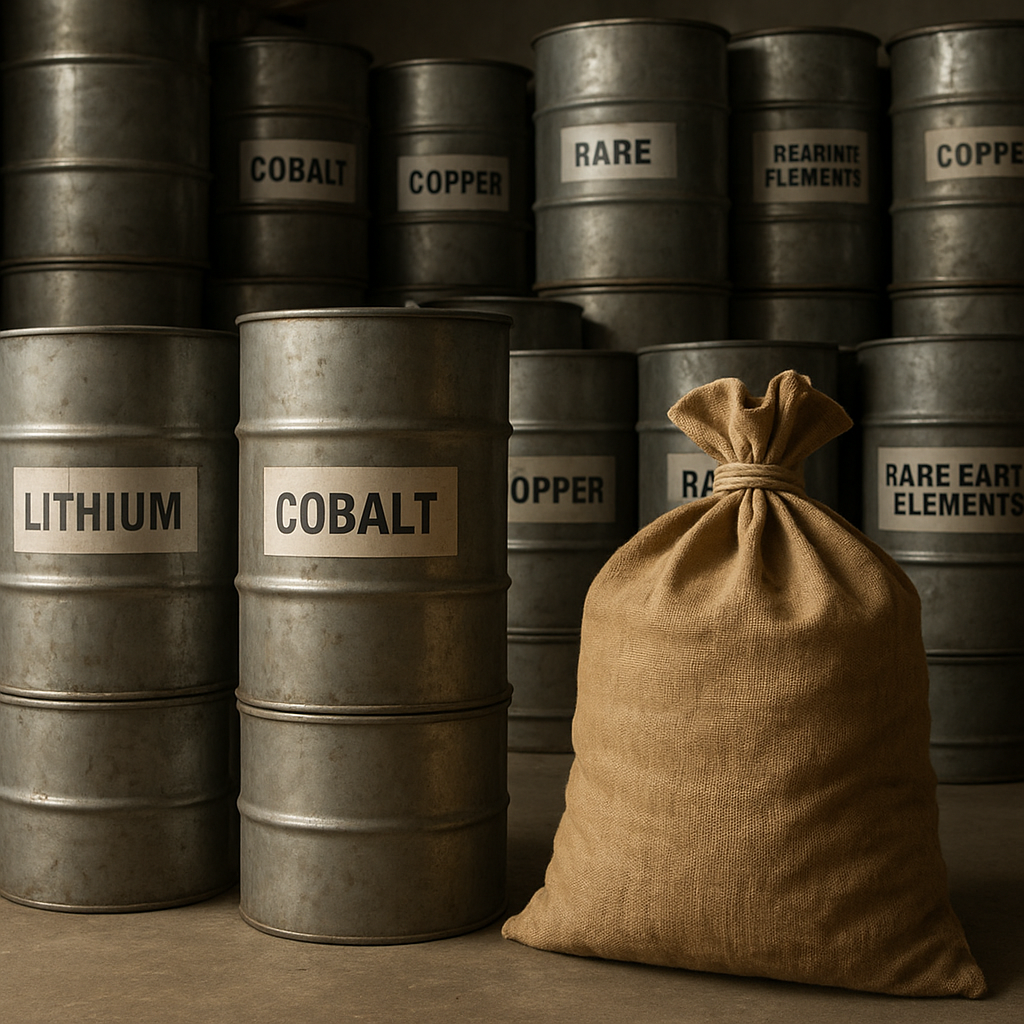The geopolitical power struggle over rare metals has become a critical issue in the 21st century, as these elements are essential for the development of advanced technologies and sustainable energy solutions. Rare metals, including rare earth elements, lithium, cobalt, and others, are indispensable in the production of everything from smartphones to electric vehicles and renewable energy systems. As demand for these resources grows, nations are increasingly vying for control over their supply chains, leading to complex geopolitical dynamics.
The Importance of Rare Metals in Modern Technology
Rare metals play a pivotal role in the advancement of modern technology. These elements are crucial in the manufacturing of high-tech devices, including smartphones, laptops, and other consumer electronics. For instance, rare earth elements such as neodymium and dysprosium are used in the production of powerful magnets found in hard drives and speakers. Similarly, indium is a key component in the creation of touchscreens and liquid crystal displays (LCDs).
Beyond consumer electronics, rare metals are vital in the development of green technologies. Lithium and cobalt are essential for the production of lithium-ion batteries, which power electric vehicles and store energy in renewable energy systems. The transition to a low-carbon economy heavily relies on these metals, as they enable the storage and efficient use of renewable energy sources like solar and wind power.
Furthermore, rare metals are critical in the defense and aerospace industries. Elements such as tantalum and niobium are used in the production of jet engines, missiles, and other military technologies. The strategic importance of these metals cannot be overstated, as they are integral to national security and defense capabilities.
Global Supply Chains and Geopolitical Tensions
The global supply chains for rare metals are complex and often concentrated in specific regions, leading to geopolitical tensions. China, for example, dominates the production and processing of rare earth elements, accounting for over 80% of the global supply. This concentration of resources gives China significant leverage in the global market, allowing it to influence prices and availability.
Other countries, such as the Democratic Republic of the Congo (DRC), are major producers of cobalt, while Australia and Chile are key suppliers of lithium. The reliance on these regions for critical resources has led to concerns about supply chain vulnerabilities and the potential for geopolitical conflicts. For instance, trade disputes or political instability in these regions could disrupt the supply of essential metals, impacting industries worldwide.
In response to these challenges, many countries are seeking to diversify their sources of rare metals. The United States and the European Union, for example, are investing in domestic mining projects and exploring partnerships with other nations to secure alternative supplies. Additionally, there is a growing emphasis on recycling and developing new technologies to reduce dependence on primary sources of rare metals.
Strategies for Securing Rare Metal Resources
To address the geopolitical power struggle over rare metals, nations are adopting various strategies to secure their access to these critical resources. One approach is to invest in domestic mining and processing capabilities. By developing local resources, countries can reduce their reliance on foreign suppliers and enhance their economic resilience.
Another strategy is to establish international partnerships and alliances. By collaborating with other nations, countries can share resources, technology, and expertise, creating a more stable and diversified supply chain. For example, the United States has formed partnerships with Canada and Australia to develop rare earth projects and reduce dependence on Chinese imports.
Recycling and the development of alternative materials are also key components of securing rare metal resources. By improving recycling technologies, countries can recover valuable metals from electronic waste and reduce the need for new mining operations. Additionally, research into alternative materials that can replace rare metals in certain applications is ongoing, offering the potential to alleviate supply constraints.
Finally, governments are implementing policies to encourage sustainable and responsible mining practices. By promoting environmental and social standards, countries can ensure that the extraction of rare metals does not come at the expense of local communities or ecosystems. These efforts are crucial in maintaining a balance between resource development and environmental conservation.
In conclusion, the geopolitical power struggle over rare metals is a complex and multifaceted issue that requires coordinated efforts from governments, industries, and international organizations. By understanding the importance of these resources and implementing strategies to secure their supply, nations can navigate the challenges of the 21st century and ensure a sustainable future for all.












